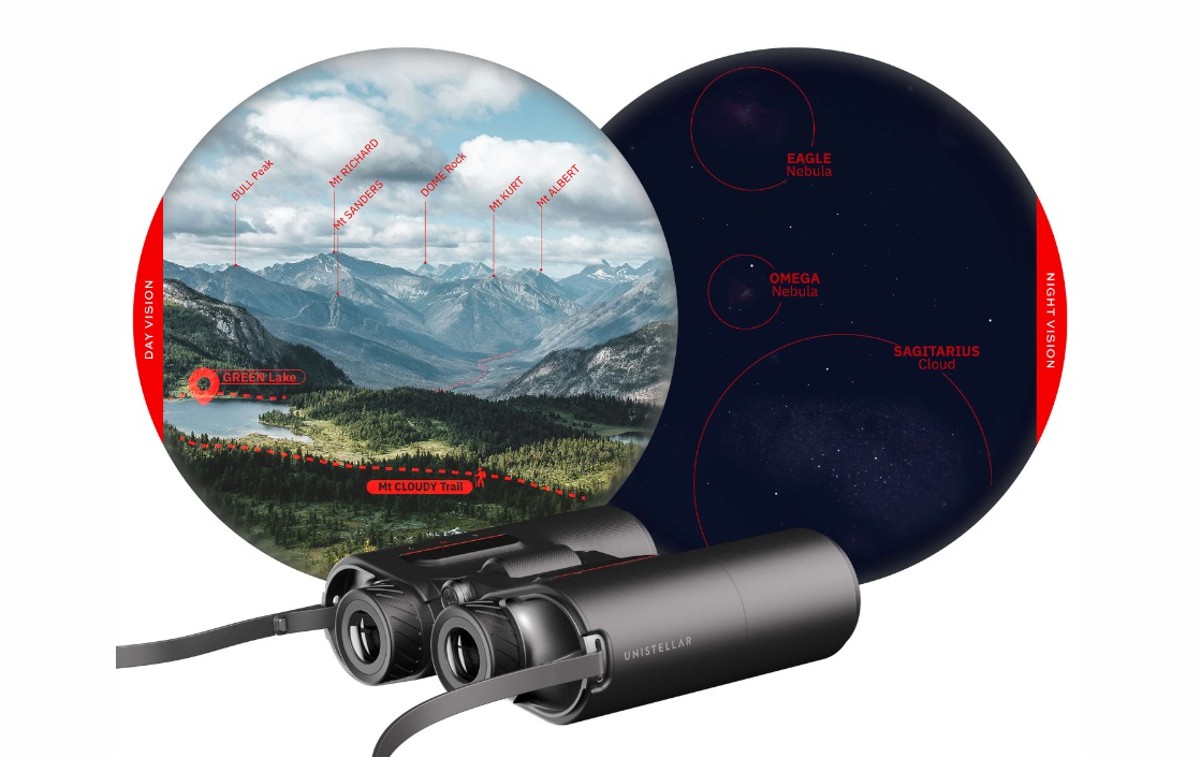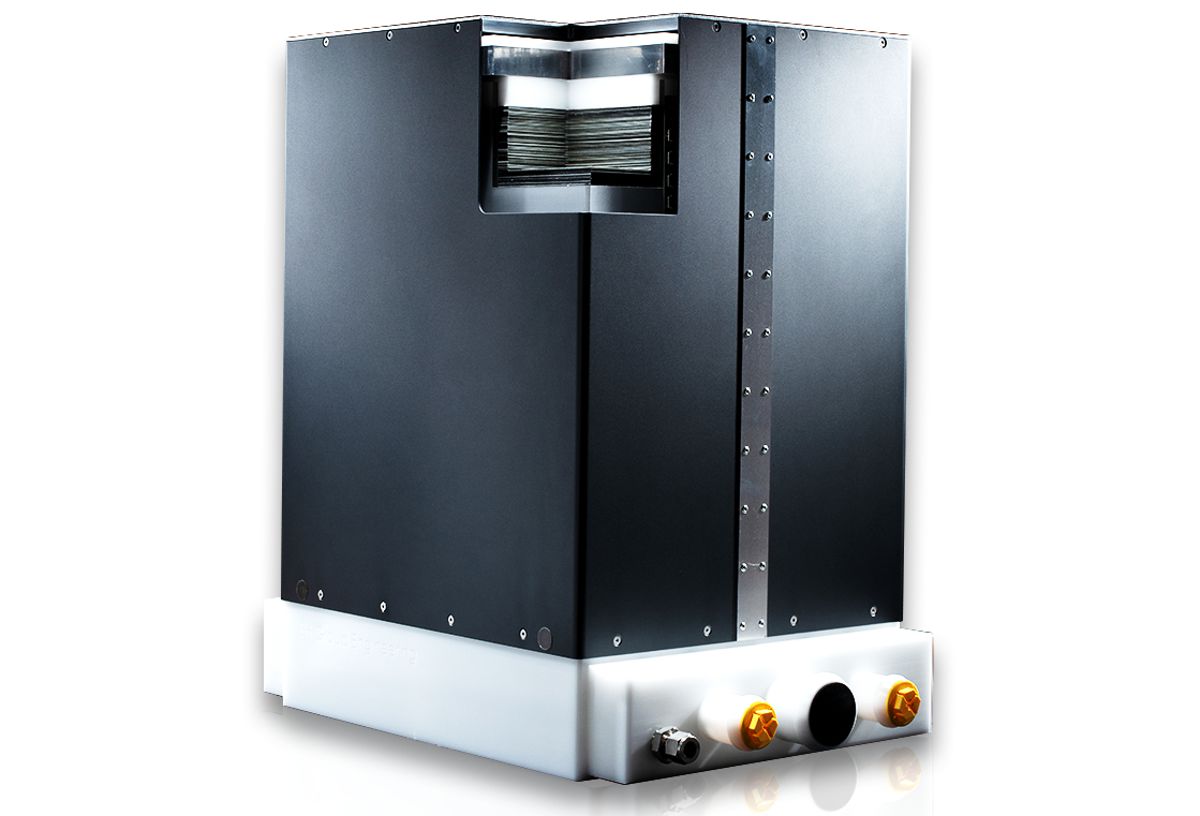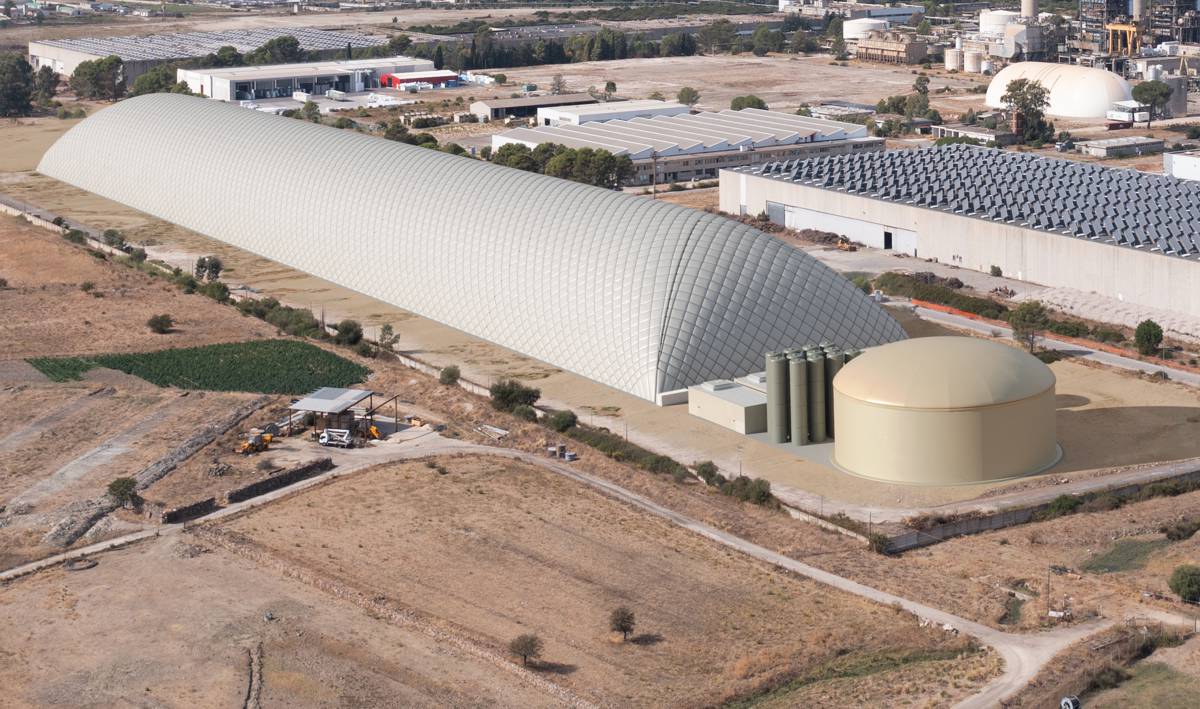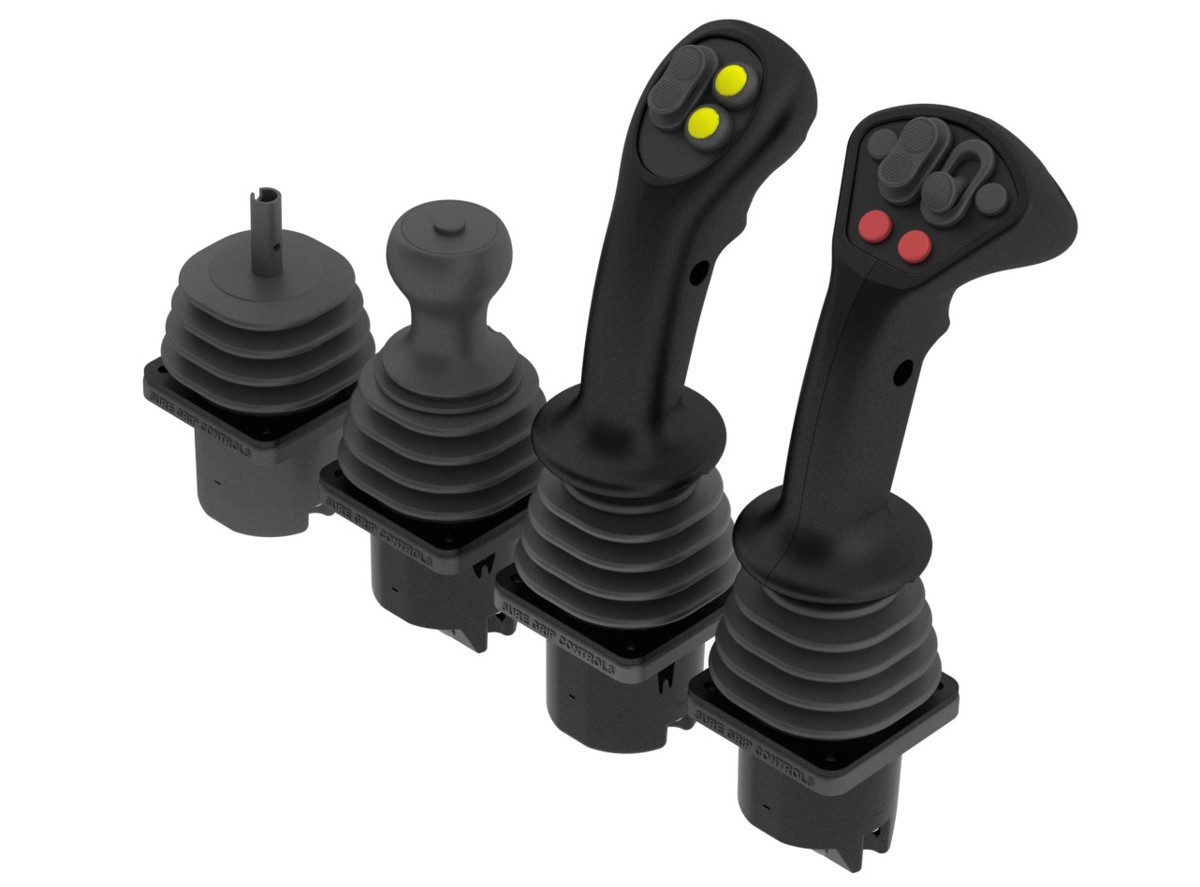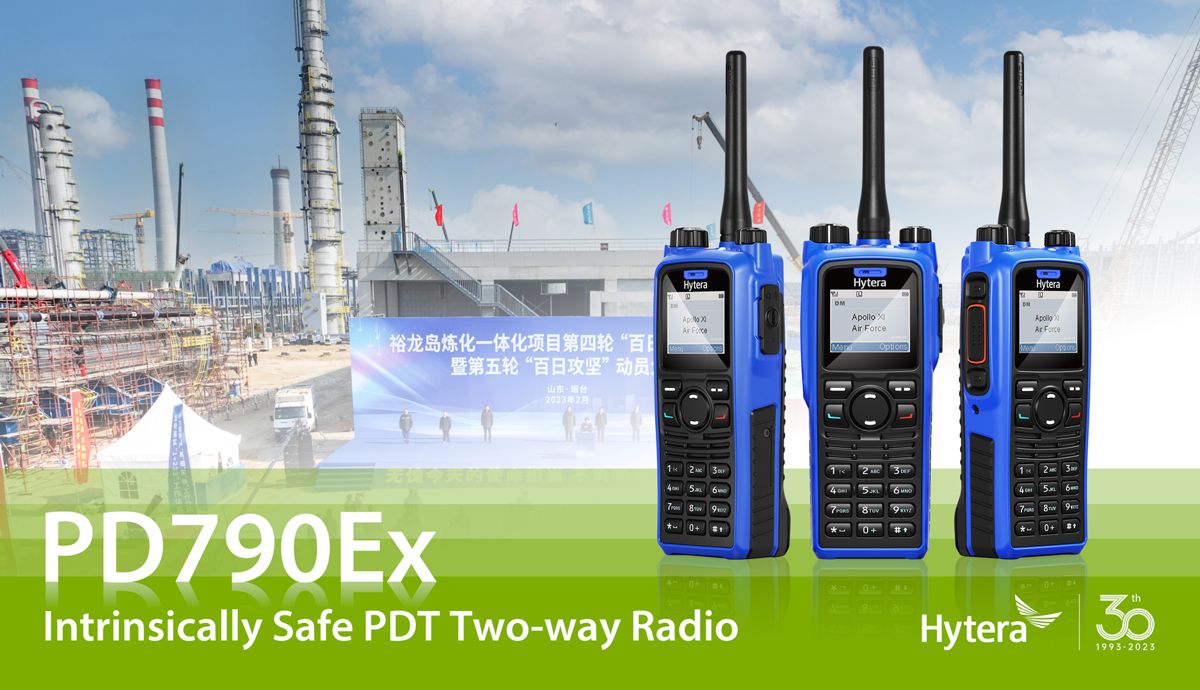Simple and smart parking solutions for council car parks
Parking is one of the few sources of revenue for Britain’s local councils, who received a record £819 million from parking fees in the 2016/17 financial year.
While the headlines framed this as pure profit, in the industry it is recognised how vital this revenue is for councils operating under 10 years of British austerity. It’s estimated that council budgets are roughly 26% lower than they were in 2010—that’s including any money raised locally.
Revenue from parking is used to manage the parking provision and fund other transport projects, so it’s vital parking is working well and continues to bring in revenue. But as privately managed car parks have started to embrace intelligent parking solutions, drivers are increasingly discerning of where they choose to park. The decision to visit one shopping centre over another can now very well be influenced by the parking provision. The same applies when visiting town centres.
Councils need to embrace intelligent parking technology, but that doesn’t have to mean city wide schemes using thousands of individual parking sensors.
Drivers need to know where an available space is in real time and you need to understand the use of your car parks. Whilst having the broader aim of reducing congestion and air pollution from the traffic on your roads. These requirements can all be achieved with simple, cost-effective solutions that allow councils to optimise their car parks while reserving excess revenue for other transport projects.
If you can count the cars in and out of a car park and know the total number of parking spaces, you can determine how many spaces are free. This means that simple vehicle detection sensors such as inductive loops, installed on the entrance and exit of a car park, can be used to determine occupancy levels. More complex solutions might split a multi-storey car park into floors or a large open air car park into zones, but would still require far fewer vehicle detection sensors than a solution monitoring each bay.
This form of vehicle detection uses a loop of wire installed in the road surface. A current is passed through the wire, which is interrupted when a vehicle passes over it. This interruption in current indicates a vehicle entering or exiting the car park. Software such as Clearview’s Insight Platform transforms these vehicle detection events into actionable intelligence on the occupancy of the car park. Apps and/or variable message signs (VMS) placed around the car park and approaching roads can be used to share the intelligence on where available spaces are with the travelling public.
Combining inductive loops with one of the above methods of disseminating parking intelligence is the most cost-effective way of introducing intelligent parking to reduce congestion, pollution and driver frustration.
Monitoring your car park’s occupancy and making this data accessible will make your car park discoverable for connected and autonomous vehicles (CAVs).
The number of connected cars in the UK is estimated to be 8.5 million. This is forecast to rise to 19.5 million by 2022. Given this projected growth we believe councils need to act now to make their car parks available to CAVs. If a CAV cannot see your car park and know how many spaces are available now (and likely to be available when the vehicle reaches the car park) it’s going to prioritise another place to park and you will miss out on revenue.
But introducing intelligent parking infrastructure is daunting. Especially as there isn’t yet a single, leading solution that feeds into a single data source for CAVs and parking apps to access—nor is there likely going to be. Instead sensor technology and transportation apps are developing apace with new solutions launching every month. This needn’t concern car park operators, provided they have occupancy data on the car park, which can be shared as needed to ensure the car park appears on the map.
The goal of achieving a truly connected transport system is dependent on data. Where this data comes from is immaterial. We therefore recommend you take the time now to establish exactly how much you need to invest in optimising your car park. You may find a simple solution is sufficient to meet the needs of your users, reduce congestion, and ensure continued revenue.



